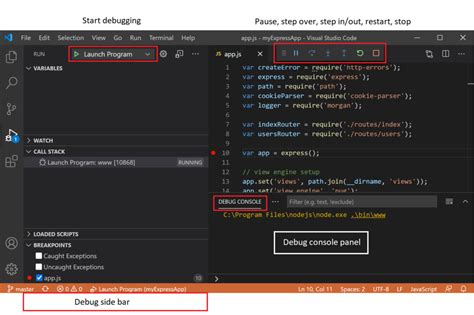Debugging a Long “0/unconfirmed” Status in the Bitcoin Client: A Troubleshooting Guide
For experienced Bitcoin users, encountering a persistent “0/unconfirmed” status on transactions can be frustrating and even alarming. This issue may seem unrelated to Ethereum, but it’s actually an opportunity to troubleshoot common problems that arise from using alternative blockchains like Bitcoin.
What does “0/unconfirmed” mean?
In the context of the Bitcoin client, a transaction is marked as “unconfirmed” until it’s confirmed by the network. This means that:
- The sender hasn’t yet received confirmation from other nodes in the Bitcoin network.
- The recipient has also not yet confirmed the transaction.
Common causes of a long “0/unconfirmed” status:
Before diving into solutions, let’s explore some potential reasons why you might be experiencing a persistent “0/unconfirmed” status:
- Network congestion
: If there are multiple transactions being processed simultaneously, it can lead to network congestion and slow down the confirmation process.
- Transaction validation issues: Sometimes, a transaction may be invalid or incomplete, causing delays in the confirmation process.
- Wallet or node configuration: Incorrect wallet or node settings, such as insufficient funds or misconfigured permissions, might cause the “0/unconfirmed” status.
Troubleshooting steps:
To resolve a long “0/unconfirmed” status on an Ethereum transaction, try these steps:

Step 1: Check wallet and node settings
- Ensure that your wallet and nodes are configured correctly. This includes:
+ Setting sufficient funds for the transaction.
+ Verifying node permissions (e.g., allow or deny access to specific addresses).
- If you’re using a third-party wallet, ensure it’s compatible with Ethereum and has the necessary permissions.
Step 2: Verify transaction validity
- Use tools like
ethers.jsorconsole.logto inspect the transaction data. You can check if the transaction is invalid, incomplete, or missing required information.
- Look for errors in the transaction output or metadata.
Step 3: Check network conditions
- Ensure that there are no network congestion issues by:
+ Using a faster internet connection.
+ Reducing the number of transactions being processed at once.
+ Closing unnecessary connections or background processes.
- You can use tools like
ethers.jsto monitor network activity and detect any bottlenecks.
Step 4: Verify node synchronization
- Ensure that your nodes are synchronized correctly. This includes:
+ Updating node software and configurations regularly.
+ Verifying that the nodes have access to all necessary transaction data.
- Use tools like
ethers.jsorconsole.logto inspect the transactions being broadcasted.
Step 5: Wait for confirmation
- Sometimes, waiting a short period can resolve issues caused by network congestion. Try:
+ Waiting 1-2 minutes before checking again.
+ Decreasing the number of transactions being processed at once.
+ Using a more reliable and up-to-date Ethereum client or wallet.
Additional tips:
- Consider upgrading to a newer version of the Bitcoin client, which may include improved network performance and bug fixes.
- Use tools like
ethers.jsorconsole.logto monitor your transaction data and identify any issues.
- If none of these steps resolve the issue, consider seeking help from online forums or communities dedicated to Ethereum and Bitcoin development.
Conclusion
Debugging a long “0/unconfirmed” status requires careful examination of wallet and node settings, transaction validity, network conditions, and synchronization. By following these troubleshooting steps, you can identify and resolve common issues causing this issue in your Ethereum transactions.
